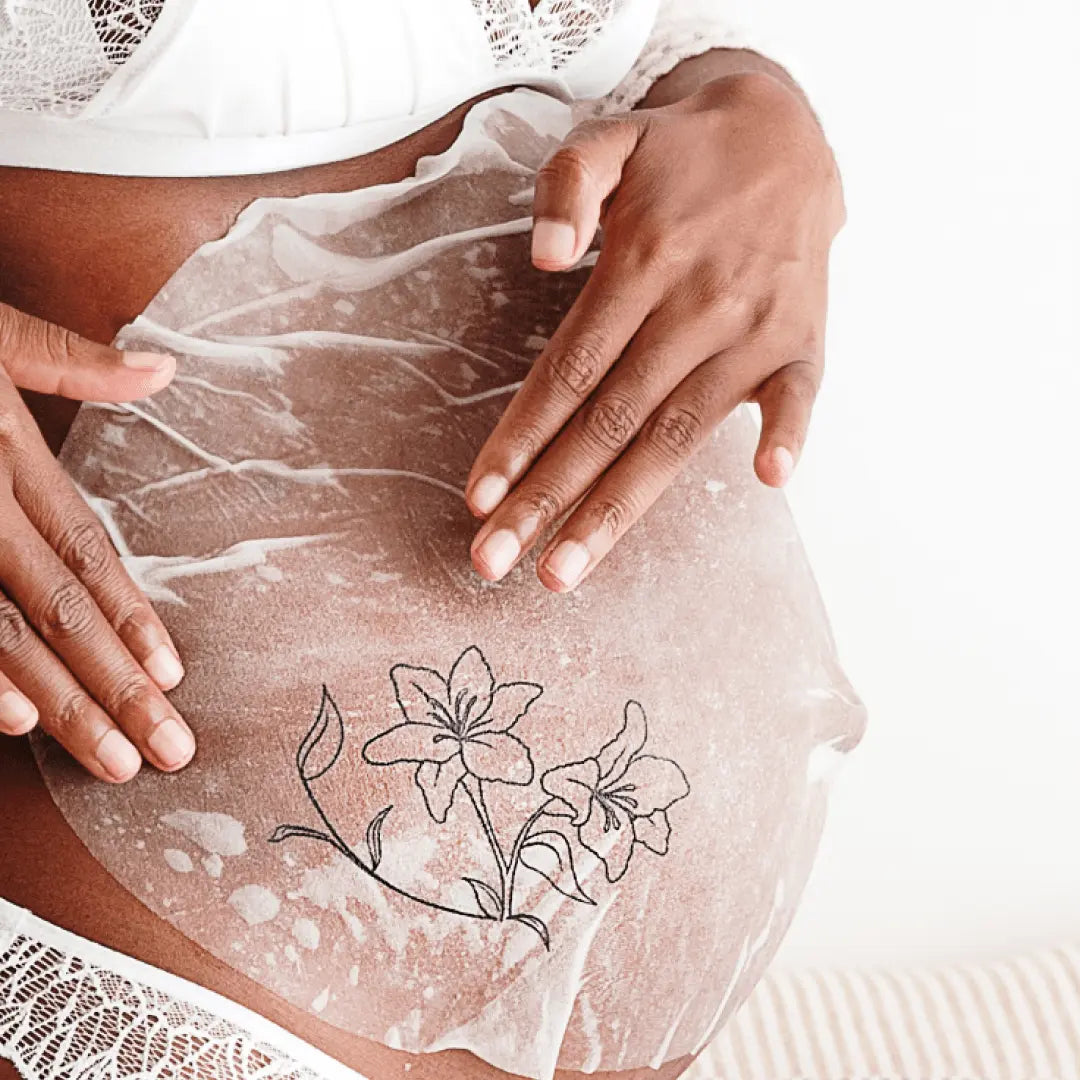

- Regular price
-
19,90 € - Regular price
-
- Sale price
-
19,90 €


- Regular price
-
9,90 € - Regular price
-
- Sale price
-
9,90 €
What is co-sleeping?
Co-sleeping is an adaptation of the English term “co-sleeping”, which literally means “ sleeping together ”. Concretely, co-sleeping can take several forms : children can sleep directly in the parental bed, or in a bed next to that of the parents, at the same height or in a separate cradle, but in the same room.
Is it better to leave babies in their room to get them used to being alone or to keep them close in the same room, or even in the same bed? Opinions differ and the two scenarios present pros and cons which vary depending on the personal appreciation of each parent.

After birth, many mothers want to keep their babies close to them. They are reassured to know it within sight or reach, to hear their breathing. Co-sleeping promotes proximity and the mother-child bond. Parents can more easily meet baby's needs and offer him a safe environment , baby is confident , close to his parents! Neuroscience studies have also proven the benefits of close proximity to parents for the brain development of the newborn. Many parents also consider that it makes their lives easier: each time the child wakes up (and they can be frequent, especially in the first months!), there is no need to get up and walk around the house to calm the child's cries. baby. Mothers who breastfeed will not say the opposite: the co-sleeping is very practical for breastfeeding your baby at night (almost) without moving, since it is right next to you, at your height. Ultimately, the nights are less fragmented, sleep is better and young parents wake up feeling better! Co-sleeping can also be an advantage if your baby suffers from sleep problems due to GERD.
On the “against” side, several voices are being raised to denounce the dangers linked to co-sleeping when baby sleeps in his parents' bed. The main risk is safety: sharing a bed would increase the risk of sudden infant death. Neuroscience studies, however, show that co-sleeping, when practiced safely, reduces the risk of sudden death. Those opposed to this practice worry about the risk of finding the child blocked or suffocated by the weight of his parents, who move naturally while sleeping. His breathing can also be hampered by the pillow, the duvet or the blanket: all elements which are banned from baby cradles. The child, especially if he starts to move, may fall, or find himself stuck between the mattress and the wall. Be careful then!
Studies also show that parents' sleep would be disrupted by the presence of the infant in the parental bed. Fear of crushing him, half-asleep to watch over him, we don't always sleep completely relaxed with a little one with us.
Finally, the presence of the baby in the bed can be felt as a little invasive by one or other of the partners: it's not easy to find moments of intimacy with this little being who interferes between you! So that both parents feel comfortable with their decision, it is important to broach the subject of a possible co-sleeping during pregnancy . Sleeping with a baby does not necessarily mean the end of the couple's intimacy and it is not because the baby sleeps close to his parents that he will not be able to sleep later in his own room. It's all about education!
How to practice co-sleeping safely?
Today it is possible to benefit from increased proximity with your baby in a secure way in order to avoid sleeping with him in the parental bed, which can be dangerous, thanks to a very practical childcare item: the co-sleeping bed !

This is a bed or cradle that adjusts to the height of the parents' bed , with a removable (or missing) side rail . Thus, there is no separation between your bed and that of the child, and everyone keeps their space in complete safety.
There are different models of co-sleeping cradles: on wheels, with a rocking system, in wood, in metal, adjustable in height, with one side removable or not… If you travel often, you can opt for a portable model that folds easily and can be taken anywhere.
In terms of price, you have to count between €100 (for an entry-level model) and €300 for the cradle, to which is sometimes added the price of the mattress and the fitted sheet. The prices of co-sleeping cradles can quickly become significant. For a long-term investment, consider the convertible co-sleeping cradle which transforms into a classic baby bed or even a high chair when the child grows up.
A classic co-sleeping bed can, in general, be used until the age of 6 months. After the first months, the child begins to move during his sleep, and can quickly find himself cramped in his co-sleeping cradle. You will then have to find another solution, why not have the child sleep in a classic baby bed, located in your room… or in theirs? It's up to you, parents, to find what suits you and what suits your baby, there is no set co-sleeping time that should not be exceeded, each person is unique!
How to go from co-sleeping to cot?
Critics of co-sleeping will tell you that it is complicated to break the habit and then have your baby sleep in his room. The dreaded scenario? Alone in his bed, baby screams until you come and pick him up... The key is to proceed with a gentle transition : first, close the barrier of the co-sleeping cradle (if you have one) to limit the spaces : to each their own. If your baby has previously been sleeping in the parental bed, place him in a child's bed right next to yours; a mattress at the foot of your bed can also do the trick. Then move the baby's crib into a corner of your room. Make him sleep gradually in his room, for example at nap time. When all the steps have been completed successfully and without crying, baby is ready to sleep alone like a grown-up in his bed, even at night! To properly prepare and support your child, it is entirely possible, and even recommended, to create a bedtime ritual . It is preferable to avoid putting the child to sleep in the parental bed and then moving him to his bed when he is sleeping; it is better to put the child to sleep in his own bed and stay with him until he falls asleep, for first days at least.
So should we practice co-sleeping or not? Many factors go into your decision, such as the layout of your home, how tired you are, whether you are breastfeeding, and of course your personal beliefs and desires. As always, the best thing is to make your choice by following your mother's instinct and doing what you think is best for baby and for you, without forgetting to take into account the basic safety rules so that co-sleeping is a great experience. and makes it easier for everyone to sleep!
Photo credit : Pinterest












